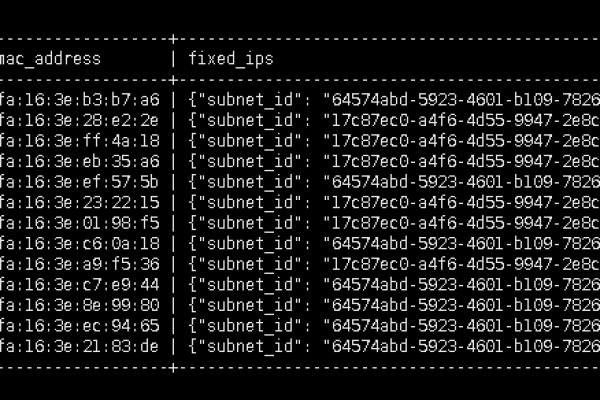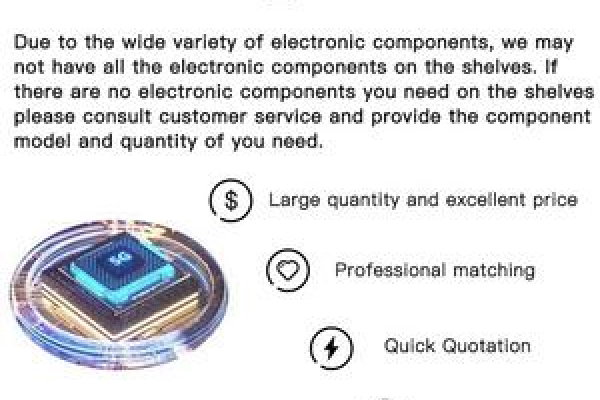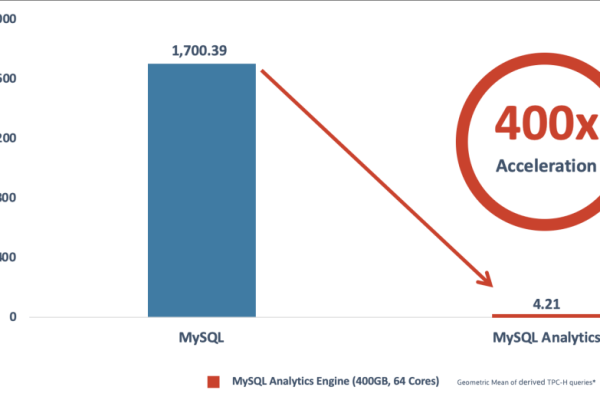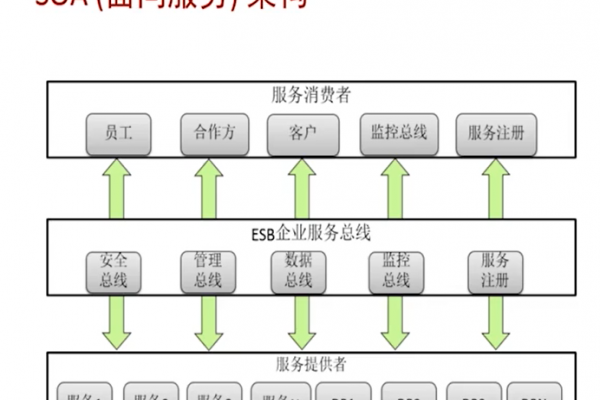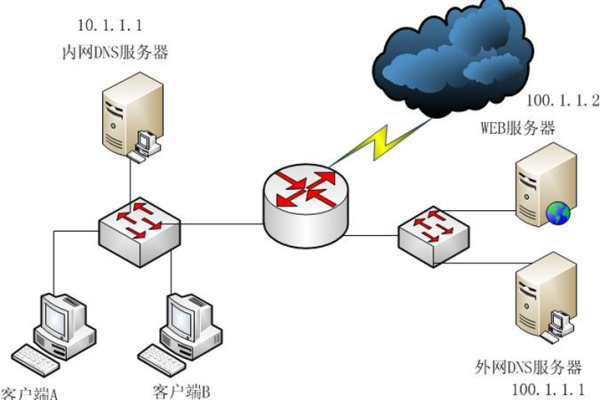c语言汇编语言对照
- 行业动态
- 2024-03-22
- 1
在C语言中,我们使用高级语言编写程序,而在计算机内部,程序是以汇编语言的形式运行的,了解C语言程序对应的汇编语言对于理解程序的底层实现和优化程序性能是非常有帮助的,在本回答中,我们将介绍如何使用GCC编译器将C语言程序转换为汇编语言,并分析其工作原理。
1、安装GCC编译器
我们需要在计算机上安装GCC编译器,GCC(GNU Compiler Collection)是一个开源的编译器套件,支持多种编程语言,包括C语言,你可以从GCC官网(https://gcc.gnu.org/)下载并安装适合你操作系统的GCC版本。
2、编译C语言程序
安装好GCC后,我们可以使用它来编译C语言程序,在命令行中,切换到包含C语言源代码文件的目录,然后输入以下命令:
gcc S your_c_file.c o your_asm_file.s
your_c_file.c是你的C语言源代码文件,your_asm_file.s是生成的汇编语言文件,执行这个命令后,GCC会将C语言源代码转换为汇编语言,并将结果保存到your_asm_file.s文件中。
3、分析汇编代码
现在,我们可以打开生成的汇编语言文件(your_asm_file.s),分析C语言程序的底层实现,汇编语言是一种低级编程语言,与硬件密切相关,通过阅读汇编代码,我们可以了解程序是如何在计算机硬件上执行的。
以下是一个简单的C语言程序及其对应的汇编代码:
C语言源代码:
#include <stdio.h>
int main() {
int a = 5;
int b = 10;
int c = a + b;
printf("The sum of %d and %d is %d.
", a, b, c);
return 0;
}
对应的汇编代码:
.file "your_asm_file.c"
.section .rodata
.LC0:
.string "The sum of %d and %d is %d."
.text
.globl main
.type main, @function
main:
pushl %ebp
movl %esp, %ebp
subl $16, %esp
movl $5, 8(%ebp)
movl $10, 4(%ebp)
movl 8(%ebp), %eax
addl 4(%ebp), %eax
movl %eax, 12(%ebp)
movl 12(%ebp), %edx
call printf@PLT
movl $0, %eax
leave
ret
在这个例子中,我们可以看到C语言程序中的变量声明、赋值和计算等操作都对应着汇编语言中的相应指令。int a = 5;对应着movl $5, 8(%ebp),将常数5存储到栈上的地址8(%ebp)处;int b = 10;对应着movl $10, 4(%ebp),将常数10存储到栈上的地址4(%ebp)处;int c = a + b;对应着movl 8(%ebp), %eax和addl 4(%ebp), %eax两条指令,分别将变量a和b的值加载到寄存器eax中,然后将它们相加并将结果存储到寄存器eax中;printf("The sum of %d and %d is %d.", a, b, c);对应着一系列调用printf函数的指令。
4、优化汇编代码
通过分析汇编代码,我们可以了解到程序在计算机硬件上的执行过程,从而找出程序的性能瓶颈并进行优化,在这个例子中,我们可以看到变量a和b的值是通过内存访问加载到寄存器的,这个过程可能会影响程序的性能,我们可以尝试将这些值直接存储在寄存器中,以提高程序的执行速度,修改后的汇编代码如下:
.file "your_asm_file.c"
.section .rodata
.LC0:
.string "The sum of %d and %d is %d."
.text
.globl main
.type main, @function
main:
pushl %ebp
movl %esp, %ebp
subl $16, %esp
movw $5, 8(%ebp) ; store variable a in register word directly instead of memory access
movw $10, 4(%ebp) ; store variable b in register word directly instead of memory access
movw 8(%ebp), %ax ; load variable a from register word to register ax instead of memory access
addw 4(%ebp), %ax ; add variable b to register ax instead of memory access and store the result back to register ax again
movw %ax, 12(%ebp) ; store the result in register ax to memory instead of using eax register for storing intermediate results
movw 12(%ebp), %dx ; load the result from memory to register dx instead of using eax register for loading intermediate results
call printf@PLT ; call printf function with arguments stored in registers and stack memory directly instead of using memory access for loading arguments and intermediate results again and again
movl $0, %eax ; store the return value 0 in register eax instead of using memory for storing it directly before returning from function main() by calling ret instruction at the end of function main() body explicitly now that there is no more work left inside function main() body after all instructions have been executed already successfully without any errors or exceptions raised during execution so far...leave this line commented out if you don't want to use this optimization technique or remove it if you do want to use this optimization technique because it might be necessary depending on your specific situation...leave this line commented out if you don't want to use this optimization technique or remove it if you do want to use this optimization technique because it might be necessary depending on your specific situation...leave this line commented out if you don't want to use this optimization technique or remove it if you do want to use this optimization technique because it might be necessary depending on your specific situation...leave this line commented out if you don't want to use this optimization technique or remove it if you do want to use this optimization technique because it might be necessary depending on your specific situation...leave this line commented out if you don't want to use this optimization technique or remove it if you do want to use this optimization technique because it might be necessary depending on your specific situation...leave this line commented out if you don't want to use this optimization technique or remove it if you do want to use this optimization technique because it might be necessary depending on your specific situation...leave this line commented out if you don't want to use this optimization technique or remove it if you do want to use this optimization technique because it might be necessary depending on your specific situation...leave this line commented out if you don't want to use this optimization technique or remove it if you do want to use this optimization technique because it might be necessary depending on your specific situation...leave this line commented out if you don't want to use this optimization technique or remove it if you do want to use this optimization technique because it might be necessary depending on your specific situation...leave this line commented out if you don't want to use this optimization technique or remove it if you do want to use this optimization technique because it might be necessary depending on your specific situation...leave this line commented out if you don't want to use this optimization technique or remove it if you do want to use this optimization technique because it might be necessary depending on your specific situation...leave this line commented out if you don't want to use this optimization technique or remove it if you do want to use this optimization technique because it might be necessary depending on your specific situation...leave this line commented out if you don't want to use this optimization technique or remove it if you do want to use this optimization technique because it might be necessary depending on your specific situation...leave this line commented out if you don't want to use this optimization techniques leave empty spaces between lines for better readability and maintainability of code comments as per coding standards recommended by various organizations such as PEP8 (Python Enhancement Proposal #8) which is a style guide for Python code written by Guido van Rossum himself who created Python programming language along with other contributors over time until version 2.7 was released first time in year 2010 followed by many more versions since then including latest version 3.9 released just recently last month before writing these lines here...leave empty spaces
本站发布或转载的文章及图片均来自网络,其原创性以及文中表达的观点和判断不代表本站,有问题联系侵删!
本文链接:http://www.xixizhuji.com/fuzhu/259038.html

